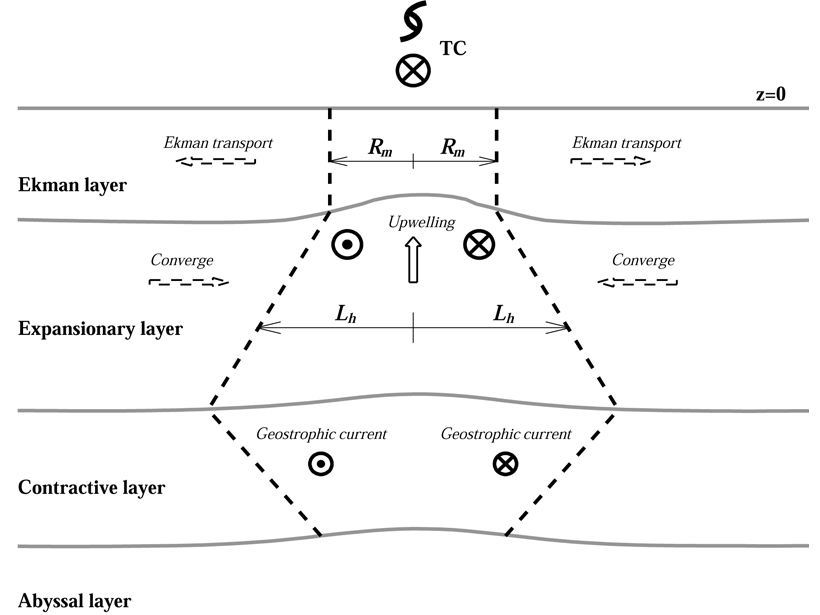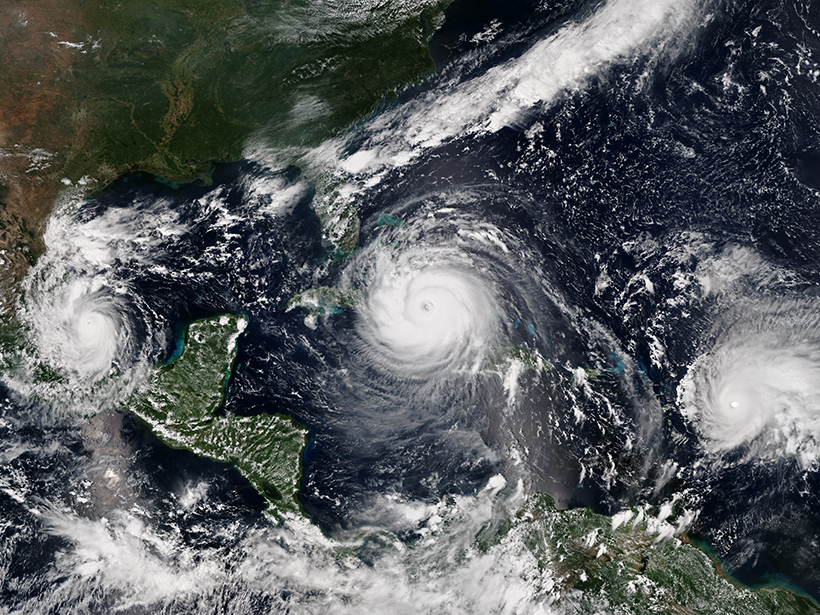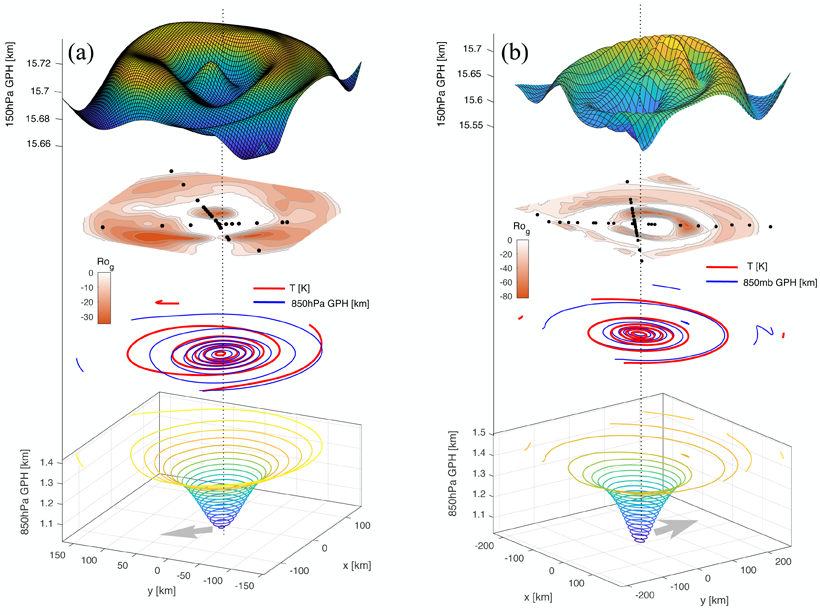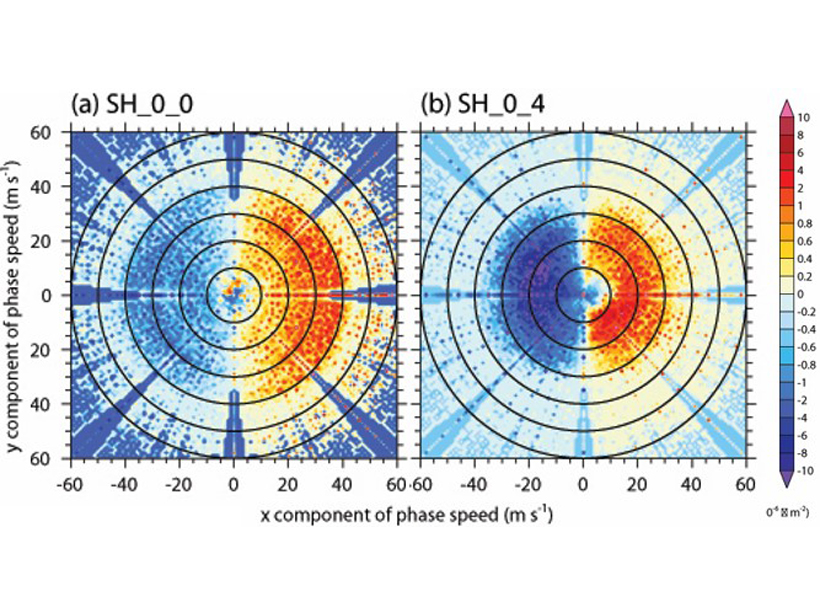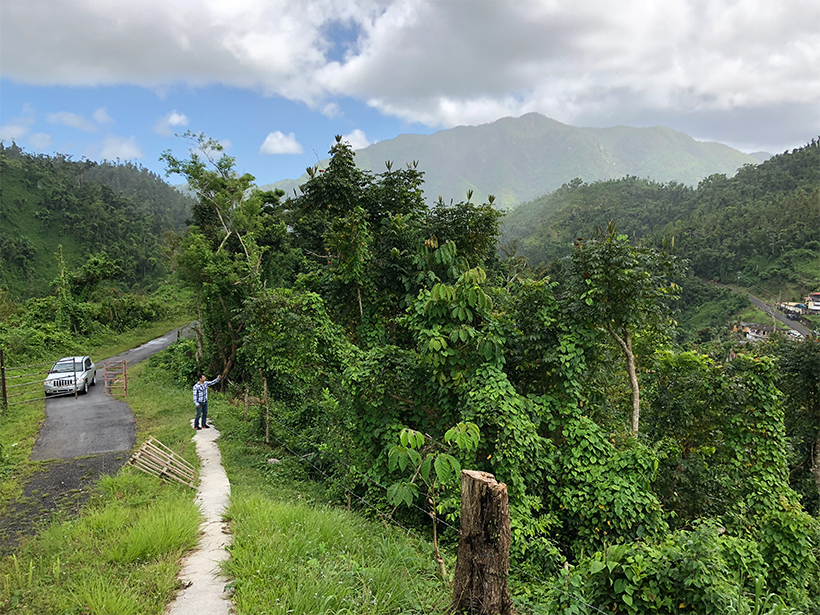Tropical cyclones can inject potential vorticity directly into ocean eddies—an alternative way for tropical cyclones to leave fingerprints on the ocean besides the traditional near-inertial wave.
hurricanes, typhoons, & cyclones
NOAA Predicts Busy Hurricane Season
FEMA issued new guidance yesterday advising states to prepare for evacuations during the pandemic.
As the Planet Warms, Intense Storms Become More Common
Thirty-nine years of satellite data reveal that the prevalence of intense hurricanes, cyclones, and typhoons—category 3 and above on the Saffir-Simpson scale—is increasing.
Hurricanes Hit Puerto Rico’s Mangroves Harder Than Florida’s
The scale and pattern of damage to the Puerto Rican forests suggest a complex interplay between wind, land, and sea.
Sea Caves Hold Clues to Ancient Storms
Sediments dug up from sea caves help reconstruct past climate, contributing to better storm predictions.
Examining the Structure of Tropical Cyclones’ Upper Levels
Unique observations used to examine the structure and mass balance of hurricanes’ top levels find that regions of high pressure violate the gradient wind balance.
Role of Humans in Past Hurricane Potential Intensity Is Unclear
In recent decades, there have been more intense North Atlantic hurricanes. A new study compares climate models to see whether they can attribute increasing potential intensity to human activity.
Can Patches of Cold Air Cause Thunderstorms to Cluster?
Small-scale collisions between pools of cold air may play an important role in organizing hurricanes and other crucial atmospheric phenomena, according to newly developed conceptual models.
Vertical Shear and Tropical Cyclone Generated Gravity Waves
How does vertical wind shear impact the characteristics of gravity waves generated by tropical cyclones?
Sharing Data Helps Puerto Ricans Rebound After Hurricane Maria
Recent hurricane seasons left many communities wondering if this is the new normal. Digital infrastructure designed for citizen data collection may help these communities increase resilience.

